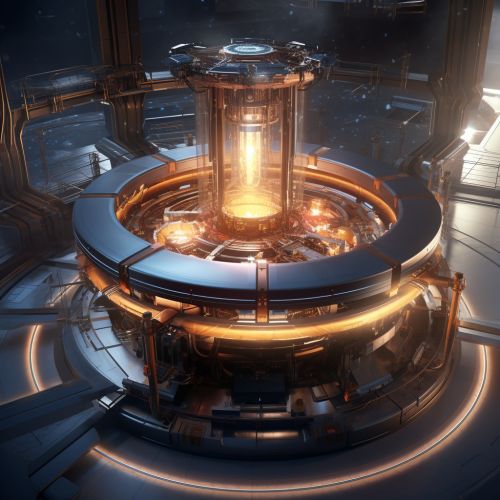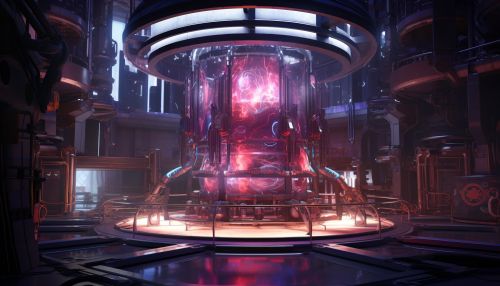Nuclear Fusion as a Clean Energy Source
Introduction
Nuclear fusion is a process that occurs when the nuclei of two atoms combine to form a single, heavier nucleus. This process releases a large amount of energy, which can be harnessed for power generation. As a clean energy source, nuclear fusion has the potential to provide a nearly limitless supply of power with minimal environmental impact.


The Science of Nuclear Fusion
Nuclear fusion occurs when two light atomic nuclei combine to form a heavier nucleus. This process is accompanied by the release or absorption of energy, depending on the masses of the original nuclei. When the combined nuclear mass is less than that of iron at the peak of the binding energy curve, the nuclear particles are more tightly bound than they were in the lighter nuclei, and the reaction is exothermic. This powerful energy release is harnessed in nuclear fusion reactors.
Fusion Reactions
The most promising fusion reactions for power generation involve the isotopes of hydrogen: deuterium (D) and tritium (T). The D-T fusion reaction produces helium (He) and a neutron (n), along with a significant amount of energy.
The reaction can be represented as follows:
D + T → He + n + 17.6 MeV
The energy released in this reaction is much greater than that in typical chemical reactions, and even greater than that in nuclear fission reactions. This makes nuclear fusion a potentially powerful energy source.
Conditions for Fusion
For fusion to occur, the atomic nuclei must overcome the electrostatic repulsion between them, known as the Coulomb barrier. This requires extremely high temperatures and pressures, typically in the range of millions of degrees and many times the pressure at the Earth's core.
In these conditions, the hydrogen isotopes are in a state of matter known as a plasma, in which the electrons are stripped from the atomic nuclei. The plasma must be confined and heated to the point where the fusion reactions can occur.
Fusion as a Clean Energy Source
Nuclear fusion has several advantages that make it a promising source of clean energy.
Abundant Fuel Supply
The fuel for fusion reactions, deuterium and tritium, is abundant and widely distributed. Deuterium can be extracted from seawater, while tritium can be produced in the fusion reactor itself from lithium, which is also abundant.
No Greenhouse Gas Emissions
Unlike fossil fuel-based power generation, fusion does not produce greenhouse gases. The only byproduct of the D-T fusion reaction is helium, a non-toxic and non-radioactive gas.
Minimal Radioactive Waste
While the fusion process does produce some radioactive material, it is much less than that produced by nuclear fission. Furthermore, the radioactive material produced in a fusion reactor has a much shorter half-life than that produced in a fission reactor.
Safety
Fusion reactors are inherently safe. Unlike fission reactors, there is no risk of a meltdown. If the fusion process is disrupted, the reaction simply stops. In addition, the amount of fuel in the reactor at any given time is small, limiting the potential for a catastrophic release of energy.
Challenges and Future Prospects
While nuclear fusion has many advantages, there are also significant challenges to be overcome.
Technical Challenges
The main technical challenge is achieving and maintaining the conditions necessary for fusion. Current fusion experiments use magnetic confinement or inertial confinement to achieve these conditions, but both methods have their limitations.
Magnetic confinement, used in tokamak and stellarator designs, confines the plasma using magnetic fields. However, maintaining a stable plasma is difficult, and energy losses can be significant.
Inertial confinement, used in laser fusion experiments, uses lasers to heat and compress a small pellet of fusion fuel. However, achieving the necessary symmetry and precision is challenging.
Economic Challenges
The high cost of fusion research and development is a significant barrier. Building and operating a fusion reactor is expensive, and it is not yet clear whether fusion power will be economically competitive with other energy sources.
Future Prospects
Despite these challenges, research into nuclear fusion continues, driven by the potential benefits of a clean, abundant energy source. Several experimental reactors are currently in operation or under construction, including the ITER project in France, which aims to demonstrate the feasibility of fusion power.
